First Tsukuba-CCS-RIKEN joint workshop
on microscopic theories of nuclear structure and dynamics
Dates and Venues / Invited Speakers / Program / Financial Support / Organizers / Access information / Correspondence
Dates and Venues
December 12-13, 2016, RIBF Hall (room 201), RIBF Building, RIKEN Nishina Center
December 14-16, 2016, International Workshop Room, Center for Computational Sciences, University of Tsukuba
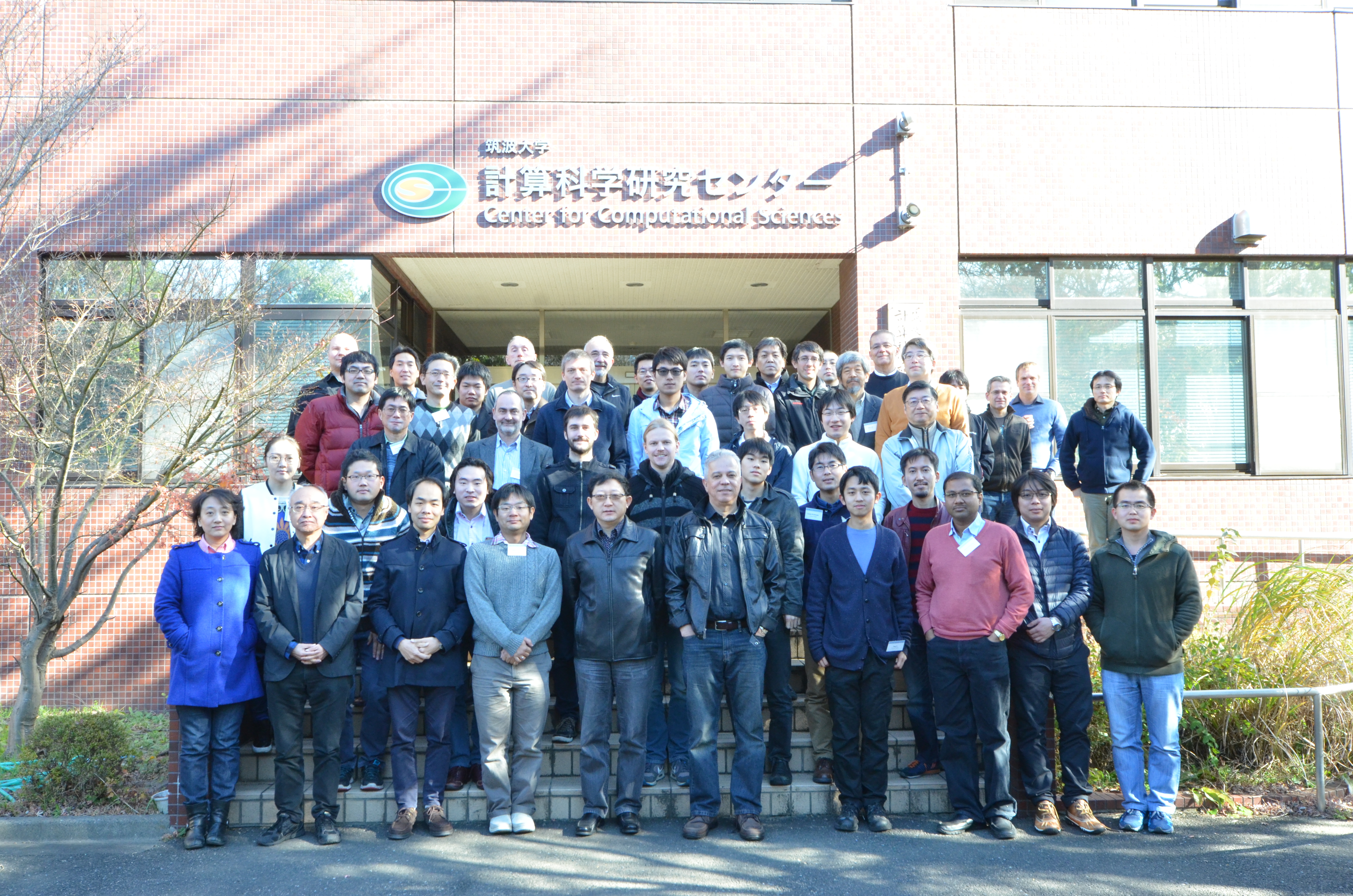
—————————————————————————
The First Tsukuba-CCS-RIKEN joint workshop on “Microscopic theories of nuclear structure and dynamics” will be held at the RIKEN Nishina Center, Wako, Japan, on December 12-13, 2016, and the Center for Computational Sciences, University of Tsukuba, Tsukuba, Japan, December 14-16, 2016.
Many recent developments in nuclear structure theory are driven by experimental data on exotic nuclei from radioactive ion beam facilities, and by high performance computing. The challenge for microscopic theories of nuclear structure and dynamics is the development of a coherent theoretical framework applicable to many new phenomena at the limits of large isospin and weak binding. To this end, novel computational techniques, applicable to pre-exascale computer systems, enable quantified predictions.
The joint workshop will be held at two sites. At the RIKEN Nishina Center, the discussion will be focused on topics related to the recent and planned experiments at RIBF with the purpose of accelerating the collaboration between experiment and theory. At the Center for Computational Sciences, University of Tsukuba, the workshop will focus on theoretical techniques, especially nuclear density functional theory and its extensions, as well as related computational methods.
—————————————————————————
Invited Speakers
Hidetada Baba (RIKEN)
Carlos Bertulani (Texas A&M, USA)
Gianluca Colo (Milan, Italy)
Takumi Doi (RIKEN)
Kouichi Hagino (Tohoku)
Wataru Horiuchi (Hokkaido)
Naoyuki Itagaki (YITP Kyoto)
Yoshiko Kanada-En’yo (Kyoto)
Masaaki Kimura (Hokkaido)
Markus Kortelainen (Jyvaskyla, Finland)
Denis Lacroix (IPN Orsay, France)
Dean Lee (NCSU, USA)
Takuma Matsumoto (Kyushu)
Javier Menendez (Tokyo)
Jie Meng (Beijing, China)
Futoshi Minato (JAEA)
Hitoshi Nakada (Chiba)
Takashi Nakamura (TIT)
Witold Nazarewicz (MSU, USA)
Shunji Nishimura (RIKEN)
Kazuyuki Ogata (RCNP)
Takaharu Otsuka (Tokyo)
Nils Paar (Zagreb, Croatia)
Luis Robledo (UAM, Spain)
Jhilam Sadhukhan (VECC Kolkata, India)
Hiroyuki Sagawa (Aizu/RIKEN)
Guillaume Scamps (Tsukuba)
Bastian Schutrumpf (MSU, USA)
Noritaka Shimizu (CNS Tokyo)
Cedric Simenel (ANU, Australia)
Hideki Ueno (RIKEN)
Yutaka Watanabe (KEK)
Dario Vretenar (Zagreb, Croatia)
Masayuki Yamagami (Aizu)
Takeshi Yamazaki (Tsukuba)
Kenichi Yoshida (Niigata)
—————————————————————————
Program
Program (PDF) updated Dec. 11
Dec. 12 / Dec. 13 / Dec. 14 / Dec. 15 / Dec. 16
December 12 Monday, RIKEN Nishina Center
venue: RIBF Hall (room 201), RIBF building
| Chair: Hiroyoshi Sakurai (RIKEN) |
| 9:30 ~ 9:35 |
Opening |
Hideto En’yo
(Director of RIKEN Nishina Center) |
| 9:35 ~ 10:20 |
Recent progress of RIBF |
Hideki Ueno
(RIKEN) |
| 10:20 ~ 10:50 |
Prospects for Breakthroughs in Low-Energy Nuclear Theory |
Witold Nazarewicz
(FRIB/Michigan State University) |
| 10:50 ~ 11:15 |
Coffee Break |
| Chair: Hideki Ueno (RIKEN) |
| 11:15 ~ 11:45 |
CDCC study of halo nuclei via reaction and neutron removal cross section |
Takuma Matsumoto
(Kyushu University) |
| 11:45 ~ 12:15 |
Isoscalar pairing and spin-isospin response |
Hiroyuki Sagawa
(University of Aizu/RIKEN) |
| 12:15 ~ 13:30 |
Lunch Break |
| Chair: Kazuhiro Yabana (CCS, University of Tsukuba) |
| 13:30 ~ 14:00 |
Production of N = 126 nuclei and beyond using multinucleon transfer reactions |
Yutaka Watanabe
(WNSC, IPNS, KEK) |
| 14:00 ~ 14:30 |
Beyond-mean-field theory for multi-octupole-phonon excitations in 208Pb and subbarrier fusion of 16O+208Pb |
Kouichi Hagino
(Tohoku University) |
| 14:30 ~ 14:50 |
An application of the CSM+SVM
with the complex-range Gaussian basis function to the four-body resonances |
Shigeyoshi Aoyama
(Niigata University) |
| 14:50 ~ 15:05 |
Probing Resonances of the Dirac Equation with Complex Momentum Representation |
Min Shi
(RIKEN) |
| 15:05 ~ 15:25 |
Microscopic reaction theory for many-body nuclear reactions |
Kosho Minomo
(RCNP, Osaka University) |
| 15:25 ~ 16:00 |
Coffee Break |
| Chair: Tomohiro Uesaka (RIKEN) |
| 16:00 ~ 16:30 |
Isospin character of low-energy dipole strength in 20O |
Hidetada Baba
(RIKEN) |
| 16:30 ~ 17:00 |
Monopole and dipole transitions in 12C and 9,10Be |
Yoshiko Kanada-En’yo
(Kyoto University) |
| 17:00 ~ 17:20 |
High-precision nuclear physics inputs
and their influences on the r-process simulations |
Zhongming Niu
(iTHES, RIKEN) |
| 17:20 ~ 17:35 |
Proton-neutron correlation and Gamow-Teller transitions from 6He, 10Be, and 14C to 6Li, 10B, and 14N |
Hiroyuki Morita
(Kyoto University) |
| 17:35 ~ 17:55 |
Octupole deformed nuclei in the nuclear chart based on the three dimensional mean field calculation |
Shuichiro Ebata
(Nuclear Reaction Data Centre, Hokkaido University) |
| 18:30 ~ |
Reception
(venue: Hirosawa Club) |
December 13 Tuesday, RIKEN Nishina Center
venue: RIBF Hall (room 201), RIBF building
| Chair: Luis Robledo (Universidad Autónoma de Madrid) |
| 9:30 ~ 10:00 |
Harvesting the decay properties of exotic nuclei at RIBF |
Shunji Nishimura
(RIKEN) |
| 10:00 ~ 10:30 |
Probing nuclear many-body correlations via knockout reactions |
Kazuyuki Ogata
(RCNP, Osaka University) |
| 10:30 ~ 10:45 |
Effects of pairing correlation on low-energy s-wave scattering in neutron-rich nuclei |
Yoshihiko Kobayashi
(Niigata University) |
| 10:45 ~ 11:15 |
Coffee Break |
| Chair: Yukio Hashimoto (CCS, University of Tsukuba) |
| 11:15 ~ 11:45 |
Probing neutron-skin thickness
with total reaction and charge-changing cross sections |
Wataru Horiuchi
(Hokkaido University) |
| 11:45 ~ 12:15 |
Low-lying excitations in neutron-rich nuclei: Effects of deformation and pairing |
Kenichi Yoshida
(Niigata University) |
| 12:15 ~ 13:30 |
Lunch Break |
| Chair: Kazuhiro Yabana (CCS, University of Tsukuba) |
| 13:30 ~ 14:00 |
Nuclear structure near and beyond the neutron drip line |
Takashi Nakamura
(Tokyo Institute of Technology) |
| 14:00 ~ 14:30 |
Nuclear Physics from Lattice QCD |
Takumi Doi
(RIKEN) |
| 14:30 ~ 15:00 |
Quantum Self Organization and Nuclear Dynamics |
Takaharu Otsuka
(University of Tokyo) |
| Transfer to University of Tsukuba |
December 14 Wednesday, Center for Computational Sciences, University of Tsukuba
venue: International workshop room, Center for Computational Sciences
December 15 Thursday, Center for Computational Sciences, University of Tsukuba
venue: International workshop room, Center for Computational Sciences
December 16 Friday, Center for Computational Sciences, University of Tsukuba
venue: International workshop room, Center for Computational Sciences
13:10 ~Closing
—————————————————————————
Financial Support
Limited funds are available for participants. We cannot support international airfare.
Support may be provided for oral speakers. Those requesting financial support should apply for a talk at the registration.
—————————————————————————
Organizers
Y. Hashimoto (Univ. of Tsukuba)
N. Hinohara (Univ. of Tsukuba, Chair)
H. Liang (RIKEN, co-chair)
T. Nakatsukasa (Univ. of Tsukuba)
W. Nazarewicz (MSU)
T. Uesaka (RIKEN)
K. Yabana (Univ. of Tsukuba)
—————————————————————————
Access information
*RIKEN Nishina Center*
The workshop starts at RIKEN Nishina Center on December 12.
Access to RIKEN Nishina Center from airports
http://www.riken.jp/en/access/wako-map/
http://www.rarf.riken.go.jp/Eng/about/access.html
Enter from West Gate. Registered participants should tell your name and the workshop name “Tsukuba CCS-RIKEN workshop” to a guard.
Campus map
E01: RIBF building/RIBF Hall
C72: Hirosawa Club (reception)
*Center for Computational Sciences, University of Tsukuba*
After the session on December 13, we will transfer to University of Tsukuba.
From Wako-shi station to Tsukuba station, it will take about 90-120 minutes.
Wako-shi –> Asakadai: Tobu Tojo Line (bound for Shiki,Kawagoe-shi,Shinrin-Koen,Ogawamachi) 5 minutes
Kita-Asaka –> Minami-Nagareyama: JR Musashino Line (bound for Minami-Funabashi,Kaihin-Mauhari,Tokyo) 36 minutes
Minami-Nagareyama –> Tsukuba: Tsukuba Express (TX) Line (bound for Tsukuba) 21 minutes
Access to CCS from Tsukuba station
http://wwwnucl.ph.tsukuba.ac.jp/access
http://www.tsukuba.ac.jp/en/access/tsukuba_access
University of Tsukuba Campus Map and enlarged map around CCS
Haneda/Narita Airport bus access to/from Tsukuba Center
time tables: http://www.kantetsu.co.jp/img/bus/highway/tsuchiura_narita/timetable.pdf
Haneda-Tsukuba Center http://hnd-bus.com/route/tsukubacenter.html
Narita-Tsukuba Center http://www.narita-airport.jp/en/access/bus/index.html
(no reservation required for Narita–>Tsukuba, reservation required for Tsukuba –> Narita: https://japanbusonline.com/CourseSearch/10800060001 )
Access to CCS from Guest Houses
Kasuga guest house: take a bus (clockwise/Migi-mawari) from “Tsukuba Daigaku Kasuga Area Mae” to “Dai-Ichi Area Mae”
Amakubo guest house: take a bus (clockwise/Migi-mawari) from “Tsukuba Daigaku Byoin Iriguchi” to “Dai-Ichi Area Mae”
Daigaku-Kaikan guest house: walking distance to CCS
—————————————————————————
Correspondence
Nobuo Hinohara
Center for Computational Sciences
University of Tsukuba
Tsukuba, Ibaraki 305-8577
Japan
Email: tsukuba-riken16[at]nucl.ph.tsukuba.ac.jp (please replace [at] with @)
FAX: +81 (0)29-853-6125


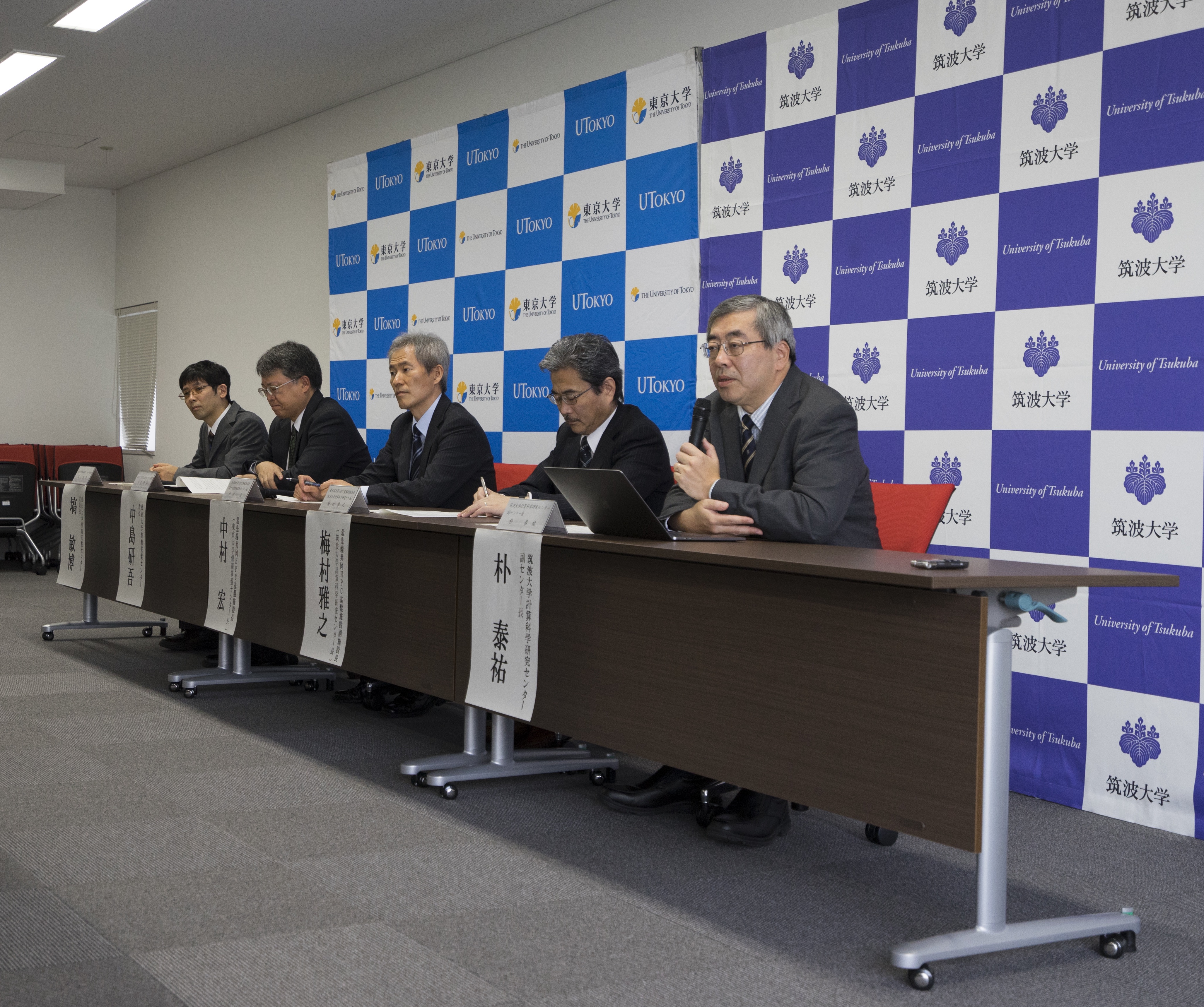
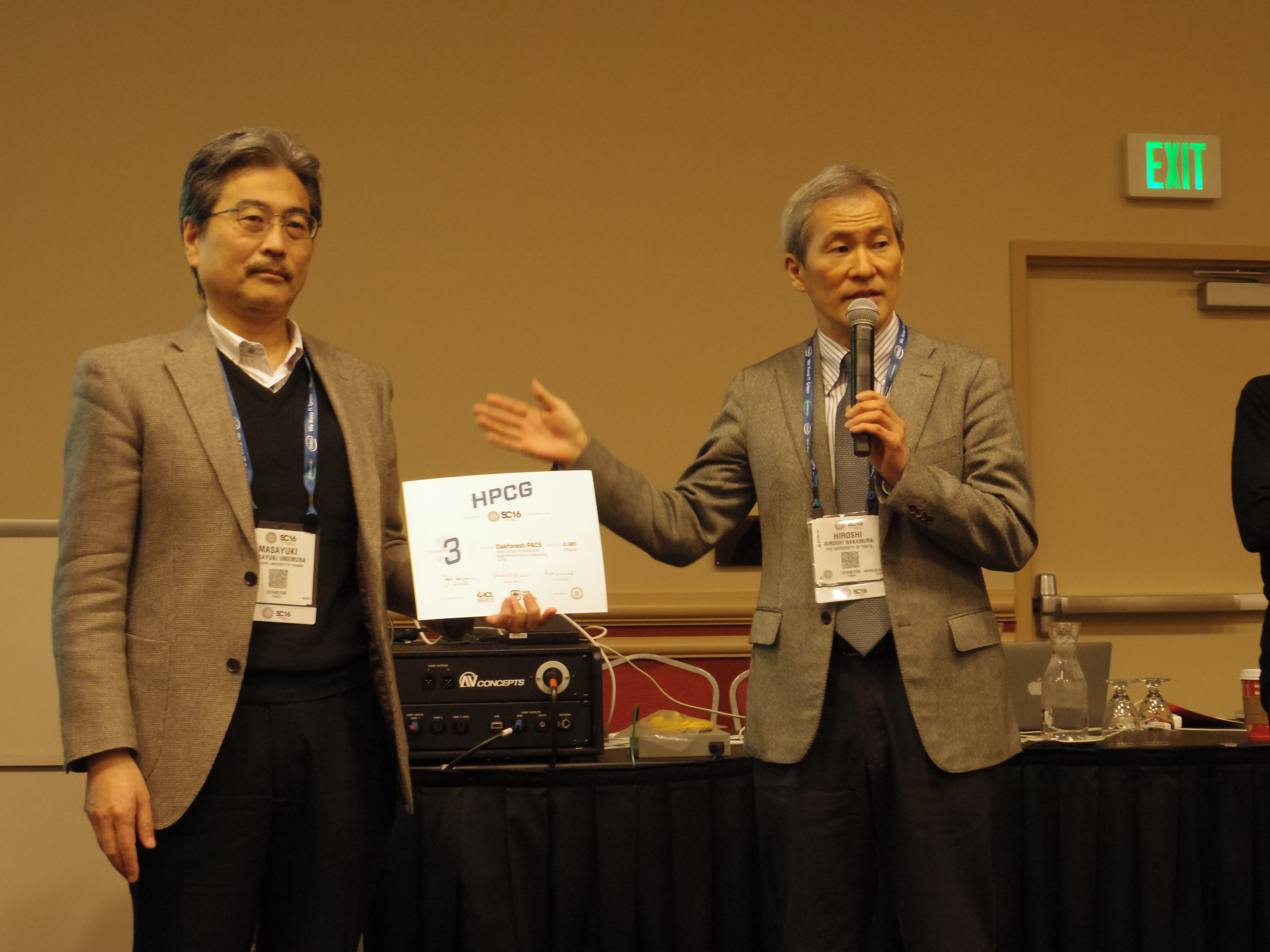
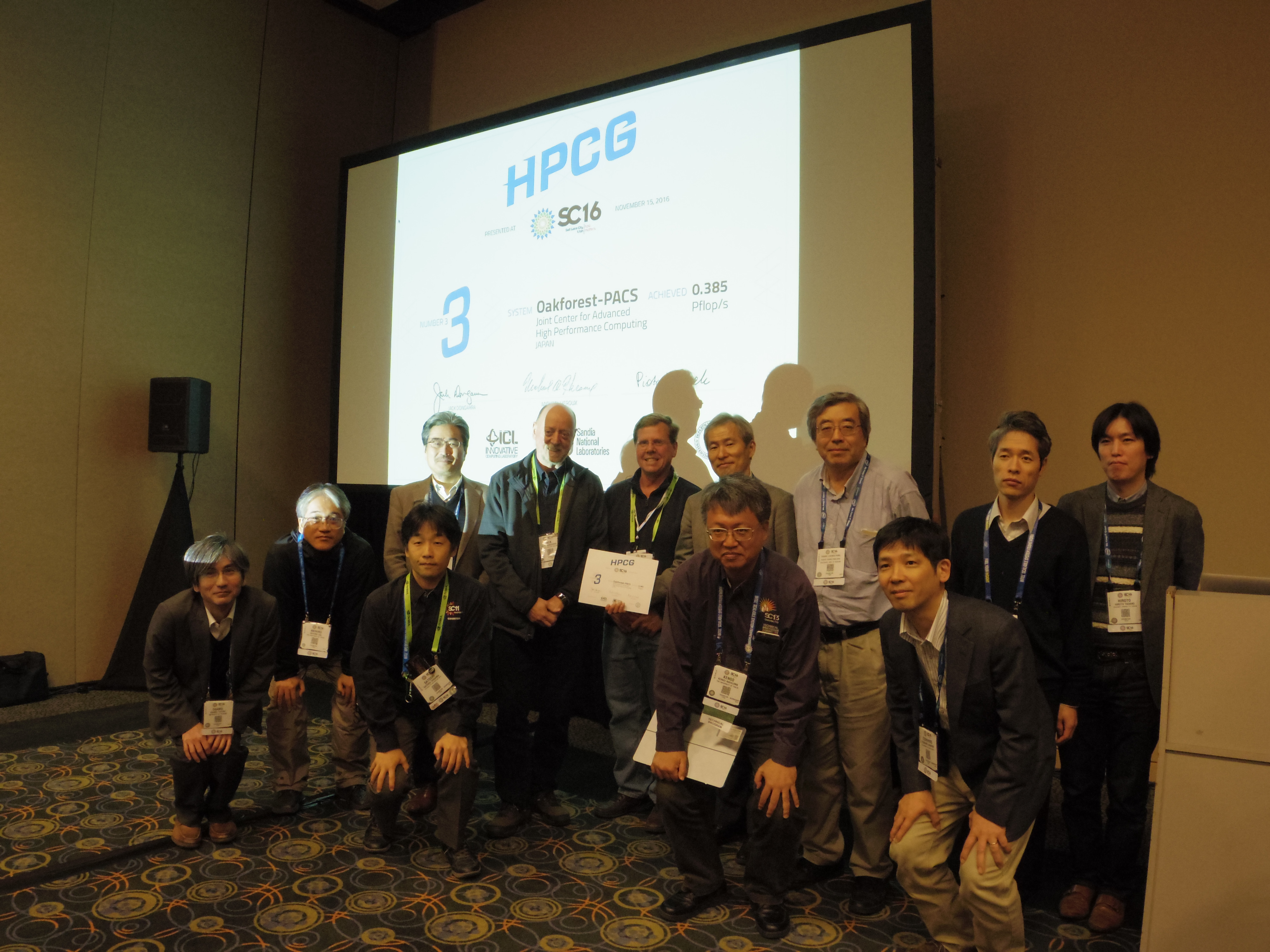
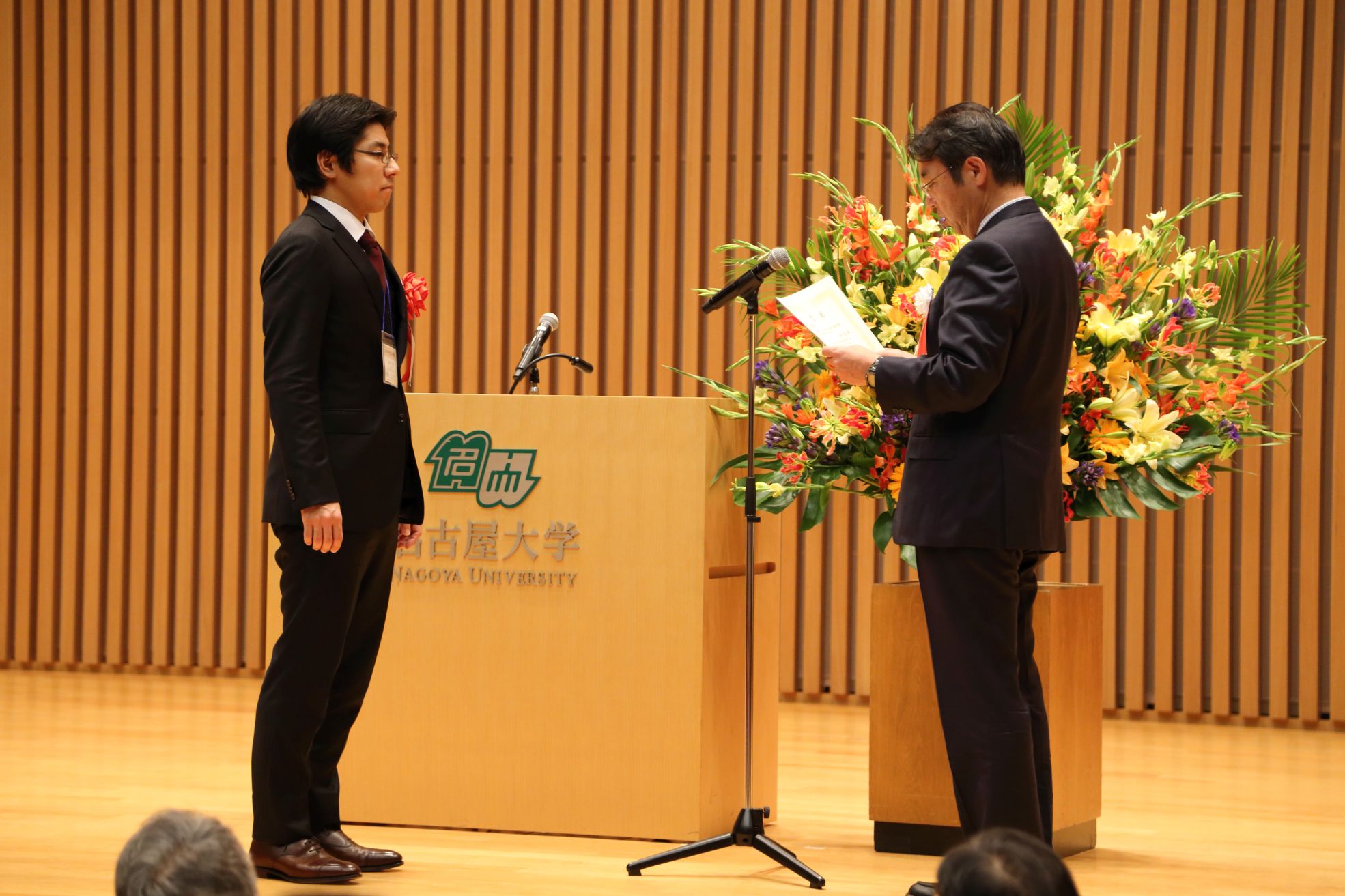
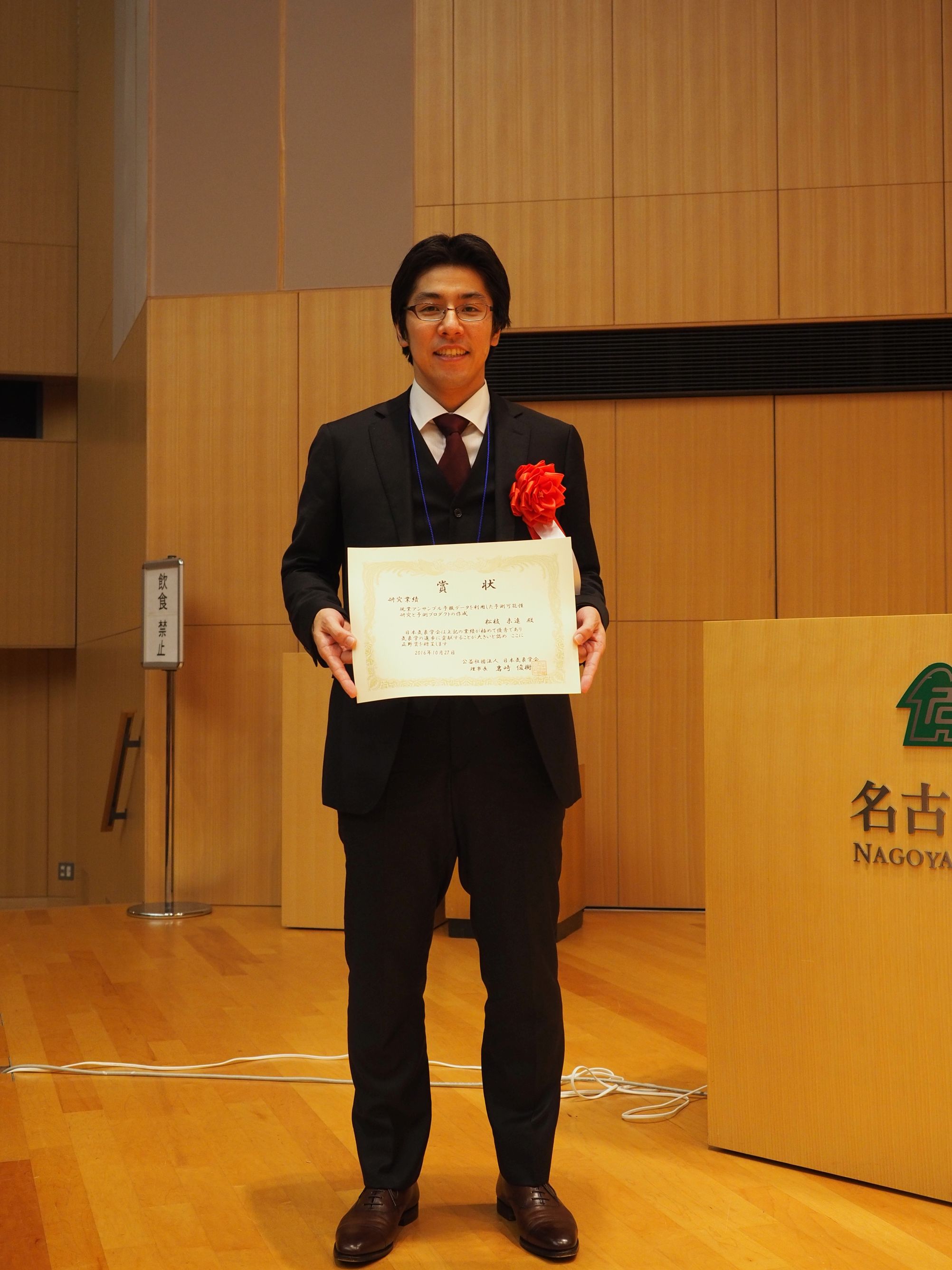
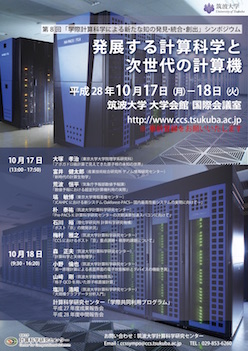 [ポスターPDF]
[ポスターPDF]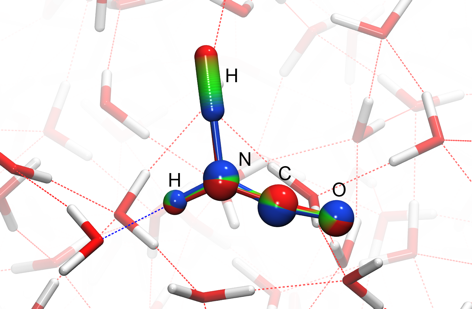
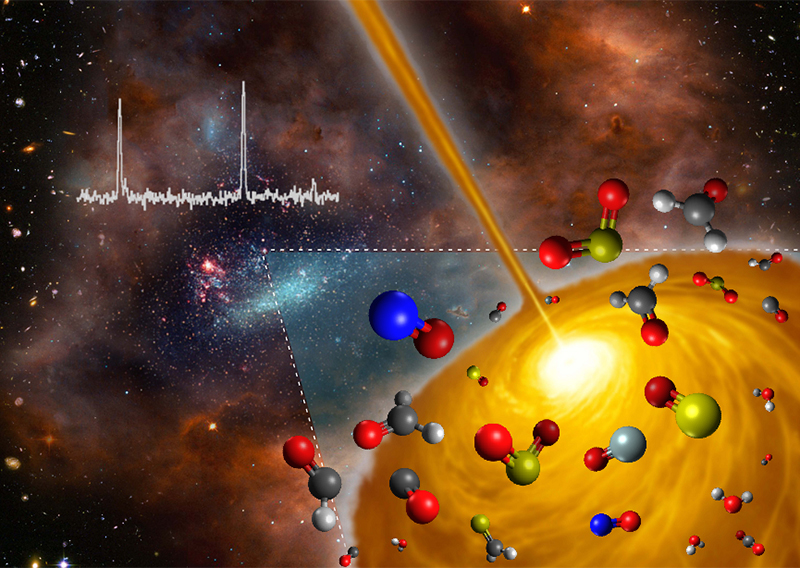 Fig.1) Artist’s concept image of the hot molecular core discovered in the Large Magellanic Cloud.
Fig.1) Artist’s concept image of the hot molecular core discovered in the Large Magellanic Cloud.